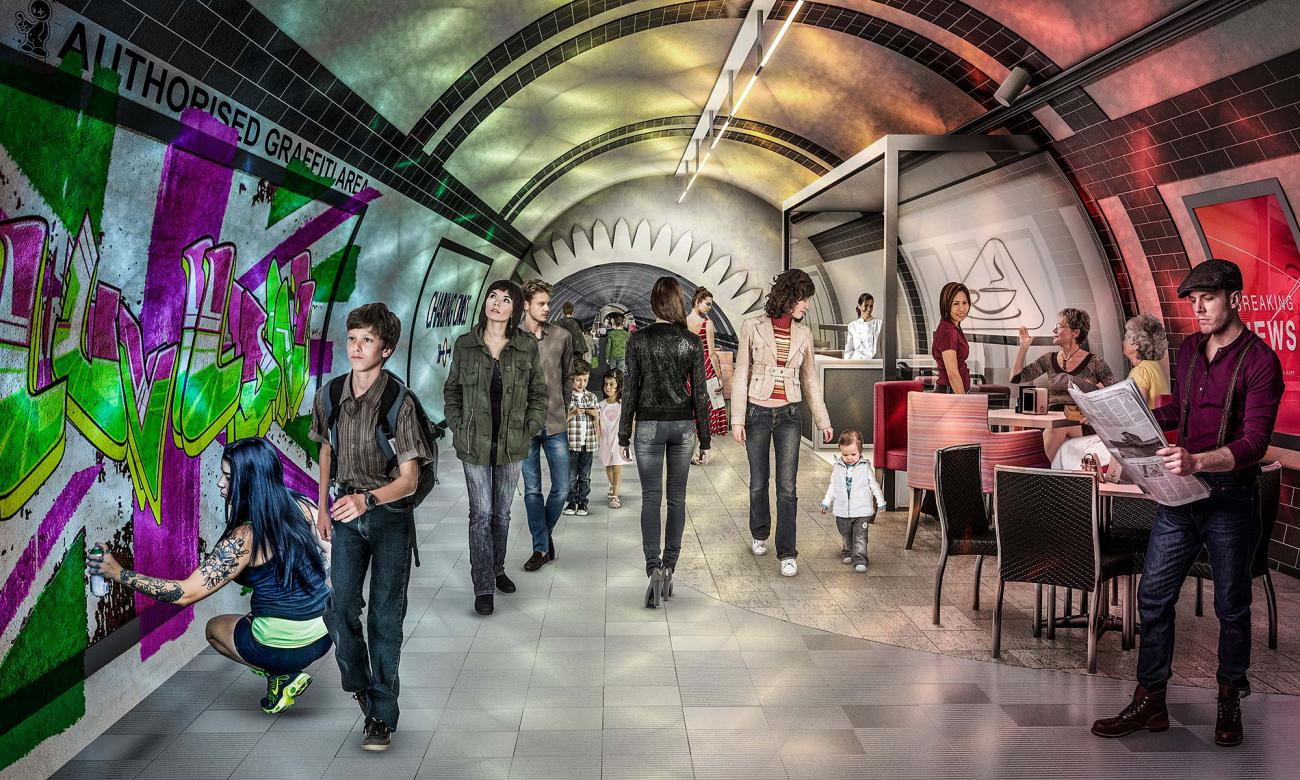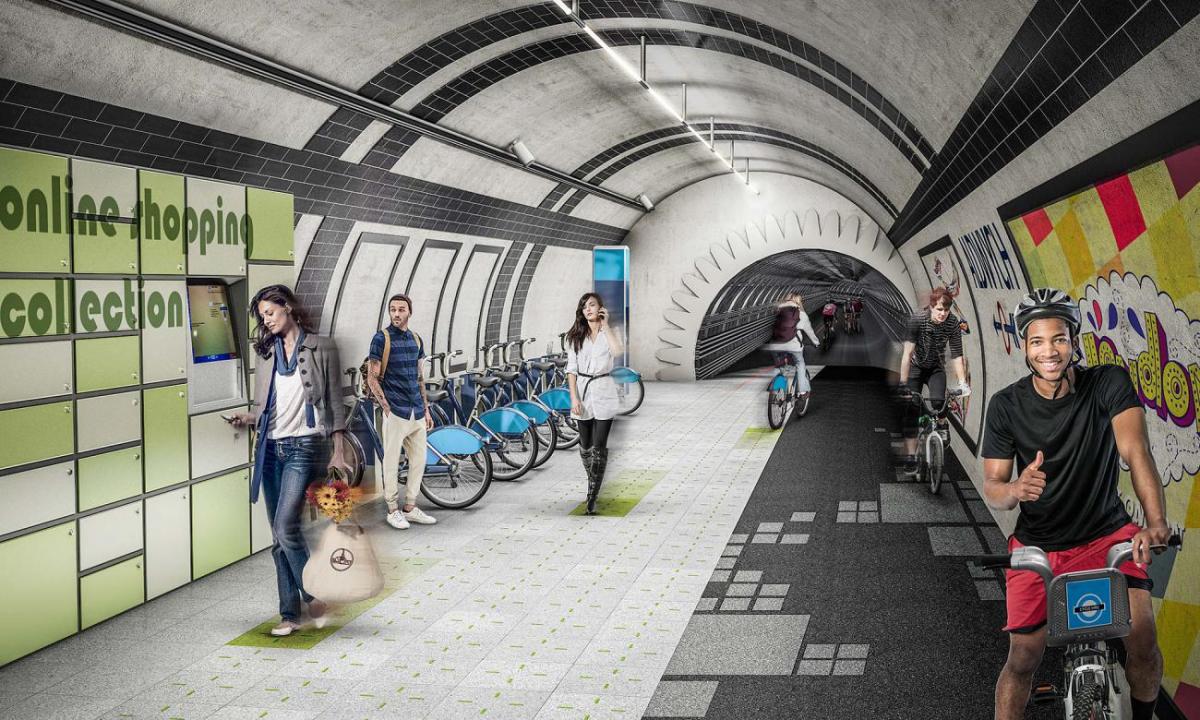
As highlighted in the Monday edition of the London Evening Standard, London has now reached the highest level of population in its 2000-year history. This means the city has reached uncharted territory, and the government and development community are for the first time in over 70 years faced with the prospect of planning for real growth. With the population now growing at a rate of 2,000 people per week, London’s GDP growth hovering at 4%, and the city now considered the number one global visitor destination, London could quickly become a victim of its own success.
The last time we reached this level of population was in 1939, on the eve of the Second World War. London was already one of the largest cities in the world and the academics, planners and government officials of the day concluded that the long term solution for London’s problems was to plan a controlled reduction in population by some 2 million people—a contraction from 8.6 million people to some 6.6 million. The implementation of this strategy was finally delivered with Professor Patrick Abercrombie’s famous plan for London immediately after the war. The target date to achieve this reduction was 1984, and the population would be rehoused in shiny “new” and expanded towns in a ring around London.
For 50 of the last 70 years, government leaders and planners in London have been managing this gradual decline in the living and working population while addressing the many side effects of the reduction in density. A generation of development professionals have struggled with the challenges presented by old dock and railway yards, vacant hospitals and schools and miles of surplus infrastructure that is no longer required.
By the early 1980s everyone in London had forgotten that we had planned our own decline and that we had successfully achieved the 2 million reduction by 1981. Although this enabled slums to be demolished and homes to be upgraded, we were only just beginning to recover from the long hangover of economic and social upheaval that this created.
Most importantly, what we hadn’t planned for was what would happen after we hit the long forgotten target. By 1991, everyone was surprised to discover the population was actually increasing again. London had returned to its natural growth trajectory, but we still had no idea it would recover to its historic level so quickly. Fifty years of contraction had been reversed in a little over 20 years.
The question now is what next? Most commentators and planners are focused on the current estimate that says London will reach 10 million people by 2030. However this is just a simple extrapolation of the current rate of increase. Unlike the visionary (although perhaps misguided) planners of the 1930s, no one is addressing what the ideal size for London “could” or more importantly “should” be.
In a world where there are multiple competitor cities accommodating in excess of 20 million people, the question we need to ask is whether London is becoming too small to sustain its position as the most important global business destination. The city is already too small to accommodate its working population and relies on an additional 1 million commuters every day. This is set to rise if the city can’t build houses fast enough.
We are at the dawn of a new age in the growth of London, and perhaps as we step into this un-chartered territory we should be planning with much greater vision and confidence and not with fear and trepidation. What does the next 50 to 100 years mean for London? Perhaps we need to think beyond the conventional planning horizon.
 One example of this thinking is The London Underline project. Conceived in 2014, Gensler's vision for the future of the metro would see London regenerate its disused subterranean spaces and surplus infrastructure into a dynamic new network of pedestrian paths, cycle links and cultural and retail places through the emergence of kinetic energy technology. Embracing London’s acceptance of alternative transport, as well as London’s growing urban curiosity to produce the first city-wide network of its kind in the world. The project won Best Conceptual Project at the London Planning Awards, hosted by the Mayor of London Boris Johnson.
One example of this thinking is The London Underline project. Conceived in 2014, Gensler's vision for the future of the metro would see London regenerate its disused subterranean spaces and surplus infrastructure into a dynamic new network of pedestrian paths, cycle links and cultural and retail places through the emergence of kinetic energy technology. Embracing London’s acceptance of alternative transport, as well as London’s growing urban curiosity to produce the first city-wide network of its kind in the world. The project won Best Conceptual Project at the London Planning Awards, hosted by the Mayor of London Boris Johnson.
We may not want to be a city of 20 or 30 million people but it is surely not too ambitious to imagine London doubling in size. It feels like that this is the moment to start planning for the next crucial step in London’s evolution and reflect on what it would mean to accommodate a population of 16 million people in the capital. ![]()
This article was originally written by Ian Mulcahy for GenslerOn and reposted in its entirety from www.gensleron.com. To view the original article, click here.

